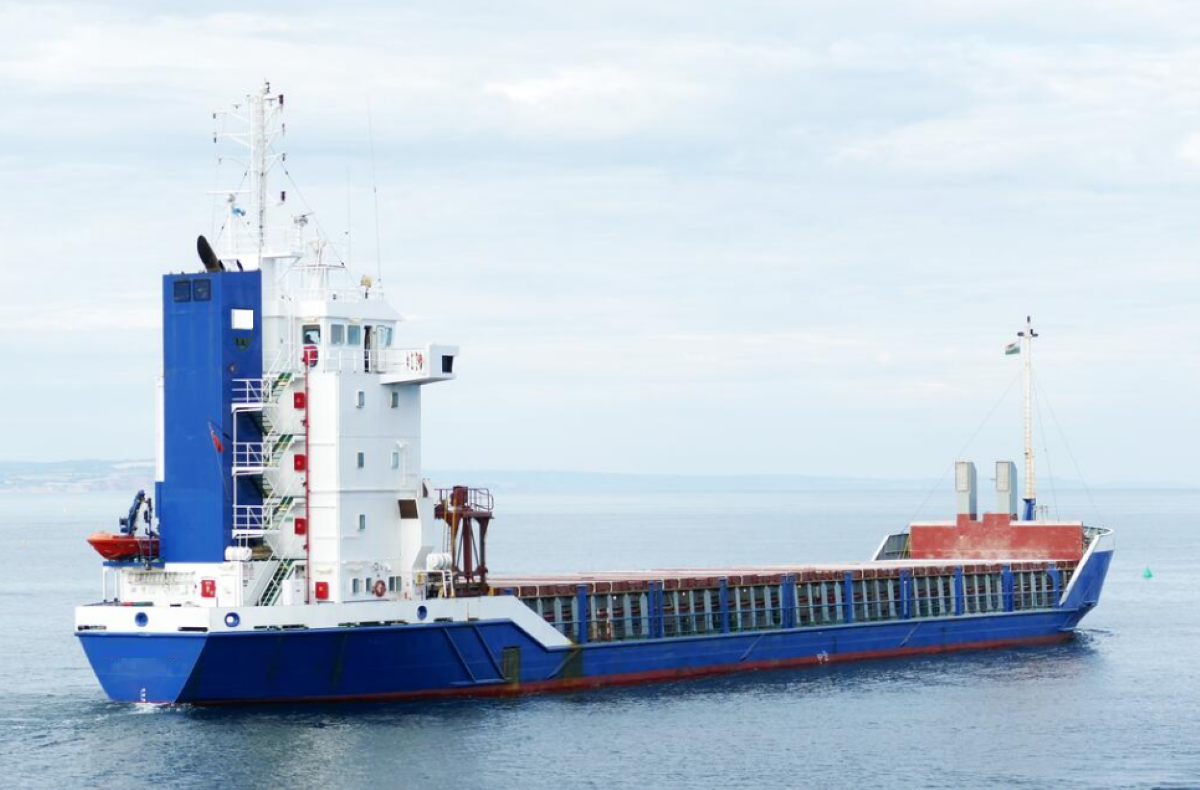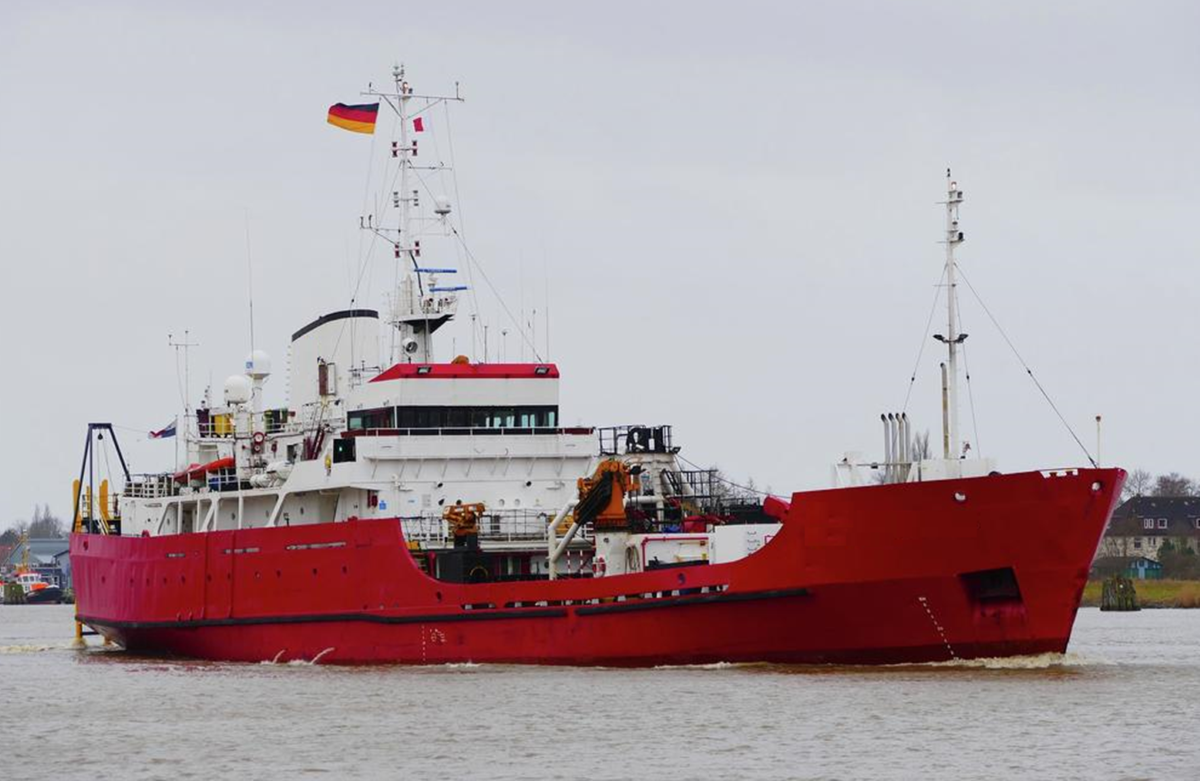A DRAGGING ANCHOR INCIDENT CAUSED A GENERAL CARGO SHIP TO COLLIDE WITH TWO NEARBY SHIPS, RESULTING IN STRUCTURAL DAMAGE TO ALL THREE SHIPS. FORTUNATELY, NO POLLUTION OR LOSS OF LIFE WAS REPORTED.

Source IHS MARITIME, S&P GLOBAL

Source IHS MARITIME, S&P GLOBAL
WHAT HAPPENED
A 2,840 gt general cargo ship (ship A) embarked on a journey from Groveport, England, to the Holme Hook anchorage on the River Humber for bunkering. The ship was under pilotage and in ballast condition. The ship had recently lost its port anchor due to heavy weather, and a replacement anchor was yet to be fitted. Therefore, the ship’s classification society had issued a Condition of Class (CoC) requiring it to keep its main engine on standby while at anchor.
While the ship was navigating upriver to the anchorage area, the weather conditions were deteriorating. Around the same time, a ship from the same company (ship C) experienced anchor dragging at Hawke Anchorage and only managed to hold its position by dropping an additional shackle of cable into the water. The attending pilot advised the master on ship C to also keep the ship’s engine on standby.
Meanwhile, ship A arrived at the Holme Hook anchorage initiating its anchoring procedures. However, due to adverse weather, the planned bunkering operation was aborted, and the master was advised by the local Vessel Traffic Services (VTS) to anchor at the Hawke anchorage. Before leaving Holme Hook anchorage, the master of ship A noticed his ship had also dragged anchor.
Ship A then proceeded to the Hawke anchorage and anchored at around 23:00. Prior to disembarking, the pilot advised the master to remain vigilant, and to keep the ship’s engine on standby. However, soon after the pilot disembarked, the master ordered to stop the engine and handed over the bridge anchor watch to the second officer without any specific instructions to be alert of the weather situation.
Upon assuming the watch, the second officer went on to complete administrative tasks. At this point, a research and survey ship (ship B) was anchored three cables to the northwest of ship A.
At 02:46, ship A started dragging anchor however, the second officer failed to recognise this until nine minutes later. The second officer notified ship A’s master immediately and the duty engineer was called to start the main engine. The duty able seaman was then directed forward to inspect the anchor cable.
The chief officer took over watch from the second officer at 03:00 and the second officer went down to hasten the engineer. Ship B cautioned ship A on Very High Frequency radio that it was dragging anchor directly towards ship B. Ship A acknowledged the call and informed ship B that they were preparing to start their engine. Thereafter, the bridge watchkeeper on ship B also instructed their duty engineer to start the main engine and informed the master of the situation. Humber VTS also transmitted a warning to both ships and enquired on their current engine readiness situation.
Despite ship A’s attempts to start the main engine and utilising its bow thruster for avoidance, the collision occurred at 03:12, with ship A’s stern colliding with ship B’s bow.
Following the collision, ship A managed to start its main engine. However, the vessels remained entangled due to ship B’s anchor chain and attempts to disentangle were complicated by wind and tidal forces, causing the entangled vessels to drift towards Ship C, anchored nearby.
Ship C was advised by the VTS to weigh its anchor as soon as it became apparent the two ships were unable to arrest their
ship’s drift. The master of ship C immediately engaged astern propulsion but shortly afterwards, at 03:20, ship A’s port
quarter collided with ship C’s bow.

Source MAIB REPORT 18/2018

Source MAIB REPORT 18/2018
Ship C was advised by the VTS to weigh its anchor as soon as it became apparent the two ships were unable to arrest their ship’s drift. The master of ship C immediately engaged astern propulsion but shortly afterwards, at 03:20, ship A’s port quarter collided with ship C’s bow.

Source MAIB REPORT 18/2018

 English
English
